GGR’s Guide to Gym Accessibility
The gym is a haven for much-needed physical and mental health boosters for a whole lot of people. It’s where so many take their “me” time, and emerge much happier (and fitter) for it. But for many more people, the gym is a place where you just can’t seem to get through the door—sometimes emotionally, but often physically, as well.
For the one in four adults in the U.S. living with a disability, barriers to safely accessing the gym are often legion. From straight-up physically inaccessible spaces to places that only emphasize banging and clanging without regard to sensory needs, gyms unfortunately often provide far from equitable access.
Here, I’ll break down gym accessibility from a few angles: first and foremost, for people with various disabilities, including one of BarBend’s certified personal trainers and an exercise therapy specialist; gym owners, including one of BarBend’s editorial team members; and gymgoers who aren’t currently living with a disability. As a certified personal trainer myself, I’ll offer tips for customizing exercises for different needs abilities, along with actionable items for all gym owners and gymgoers, to make these spaces welcoming for all so everyone can enjoy the holistic benefits of exercise.
Key Takeaways
- 40% of adults1 with a mobility disability are physically active
- More than 1 in 42 or 61 million adults in the U.S. live with a disability
- Around 5.5 million in the U.S. use a wheelchair3
- Active spaces like gyms and health clubs should be inclusive and friendly to support the health and well-being of people with disabilities, people who are neurodivergent, and people with limited mobility.
Barriers to Access in Fitness Spaces
Let’s be real — no one (not even the beefiest among us) is immune to gymtimidation or feeling out of place in the gym. But there are undeniably structural barriers in place that prevent many people from marginalized backgrounds and experiences from accessing fitness spaces like gyms. Because of this, people with disabilities often face a unique set of barriers that people without disabilities do not experience.
Of course, people with disabilities are a diverse group; there are many different types of disabilities, all of which interact with every other part of a person’s life and identities (think: race, gender, sexuality, class, etc.). Even within each group, not every person will face every barrier. Still, there are some commonalities we can trace.
A 2021 scoping review4 of studies summarizes the reported barriers that folks with disabilities express when it comes to gyms. The review breaks the barriers into three categories: physical, environmental, and social.
The review notes that physical barriers are often the first and only barrier. If someone cannot get into the building, they do not have further experience with gyms, and are therefore completely blocked from accessing any other feature or potential benefit.
Social barriers may also arise due to the stigma, defined as a “negative set of beliefs” against people with disabilities. People who experience disability stigma may internalize it or purposely avoid social interaction.
Stigma doesn’t have to include active, cruel beliefs. A stigma-based belief can also simply include: “People with disabilities can’t or don’t want to exercise” (which is untrue). You might not be conscious that you hold this stigma until you realize that you’re surprised when you see extremely fit athletes with disabilities performing very well.
Stigma leads to what the review called “direct and indirect psycho-emotional disablism5.”4 Direct disablism describes a negative interaction with other people. Indirect disablism arises after encountering physical barriers, which may make a person with disabilities feel excluded and discriminated against.
It’s important to note that social barriers (like stigma) can create additional environmental barriers. If a gym owner unconsciously believes that people with disabilities cannot or don’t want to work out, they might think they don’t need to design their space to be accessible with things like quiet workout hours, spaces for wheelchair use, and training their coaches to know how to customize workouts for people with various disabilities.
Here are some examples of how these barriers can manifest themselves in fitness spaces:
- Physical Barriers: Lack of transportation to the gym Not enough wide spaces for wheelchair access Challenging to grab door handles Protruding objects Non-adjustable exercise equipment
- Environmental Barriers: Inconvenient scheduling Not knowing where or when to exercise High cost of membership Use of small fonts throughout the facility Denying accommodations for people with disabilities Inadequate standards and policies
- Social Barriers: Fitness instructors and personal trainers who lack the skills to adapt exercises or adjust to the needs of people with chronic pain or illness Lack of group classes that can be modified to their abilities Lack of social support Fear of asking for assistance Lack of inclusivity in gym set-up and class structures Fear of being stereotyped or discriminated against Negative attitudes from staff and negative interactions with others Negative feelings: feeling like a burden, feeling othered, loss of autonomy
You’ll notice that many of these personal barriers — “fear of asking for assistance” — are directly informed by structural barriers — “lack of inclusivity in gym set-up and class structures.” If gyms don’t proactively address issues of accessibility by stating that they are committed to providing accessible spaces, it will only reinforce a person’s fear that they won’t be accommodated or will be scoffed at. By proactively designing gym spaces to fit the widest ranges of abilities, gyms signal to people with disabilities that it’s safe to advocate for what is needed.
Alex Polish is a certified personal trainer and BarBend editorial team member who lives with various disabilities and chronic pain. They explain: “If I go to a yoga class, for example, and the instructor doesn’t start by saying something like ‘Everyone’s practice looks different, and you can always return to positions that feel comfortable for you’ or ‘Don’t force yourself into poses that hurt,’ then I feel like they’ll judge me if I have to take a rest or if my poses don’t ‘look right.’ Or maybe they don’t know how to help me with modifications that I need. So I’m less likely to ask, and more likely to push through pain and panic to avoid feeling shamed. It’s a ‘me’ problem, sure — I want to be able to advocate for myself in any situation — but still, fitness is a lot more accessible when instructors and gyms state that they value accessibility for everyone. At least I know they’re thinking about it and are open to helping out.”
Kate Meier — also a certified personal trainer and BarBend editorial team member, as well as a former co-owner of a CrossFit gym and current owner of a small weightlifting gym — says that if you experience gym anxiety, you’re not alone.
“Entering a gym can be scary for anyone. I’ve seen social anxiety, concerns over not knowing what to do with a barbell, physical limitations, child care concerns, all of it. No matter what someone’s circumstances are, I want to find a way to ensure they get a good workout. It starts with a conversation.”
Here’s some knowledge for you to enter your conversations with, whether you’re a gymgoer or potential gymgoer with a disability, a gym owner, personal trainer, or even a gymgoer who doesn’t currently have a disability who’s interested in doing your part to create a welcoming, accessible fitness community.
Tips and Exercise Modifications for Gymgoers With Disabilities
An important note: many people, including those with chronic illness or chronic pain, may not need to consistently modify all exercises. Someone may well be able to do a traditional set of box jumps one day, and need to switch to step-ups only — or even just regular walking — during the next training session.
Frieda Johnson, a specialist in exercise therapy who also has a disability, explains the common misconceptions about physical disabilities.
“So many people without disabilities are shocked to learn that the majority of people who use wheelchairs can stand or walk. It’s actually a very small percentage of wheelchair users who can’t. There are many reasons why people need to use a wheelchair or other mobility device sometimes and not others, or why they need them in some situations and not others. I myself use a cane, and on rare occasions a wheelchair, but only when I will be walking long distances or am having a pain flare-up. I have a genetic muscle disease, so some days I can walk for miles with no problem, and some days my muscles literally don’t have the strength to support me. I also have muscle and joint pain that changes a lot based on the amount of inflammation on any given day, which also affects what I can do and whether I need a mobility aid.”
Whether you’re someone’s training buddy, a coach, or an athlete yourself, it’s critical to know that having fluctuating abilities is more than OK, it’s completely normal.
Polish explains that personal trainers and group fitness instructors might just not know the vast range of movement patterns and modifications that are possible for gymgoers with disabilities. “Most personal trainers are taught that there are certain ‘right’ ways to do movements. But as someone with chronic pain, I know that my form often looks ‘wrong.’ It’s not fair when the burden of educating everyone falls on us, but it can be helpful to do some research before working with a trainer — especially if you don’t have access to a trainer who has experience working with an actually diverse population — so you’ll feel more confident saying ‘I need to do this exercise this way.’”
Exercises do not have to look only one way in order to “count.” Just because you can do an exercise with a certain form on one day does not mean it’s less “good” if you need to customize it another day.
The CDC recommends that people with disabilities get 30 to 40 minutes of moderate-intensity exercise or 20 minutes of vigorous-intensity exercise every day. While this recommendation is certainly reachable for many, it’s important to note that there can be tremendous barriers to access: does someone have a safe, affirming place to get said exercise?
Since exercise is traditionally portrayed as the purview of apparently non-disabled athletes, people with disabilities rarely (if ever) can see themselves represented in fitness spaces. This lack of representation can dramatically decrease a potential exerciser’s sense of safety, community, and know-how.
Because of this, along with various stigmas about disabilities, another barrier that many people with disabilities may face is a lack of knowledge about exercise6 — how to exercise, how to modify for limitations, fear of feeling pain, and not knowing what is safe.
For coaches and potential athletes alike, no need to panic about all these barriers — just like learning to coach or perform a biceps curl, learning to customize exercises is a skill you can develop (hence, you reading this article).
For example, as a certified personal trainer who teaches exercise for seniors, I have learned to modify and customize exercises so that older adults can continue increasing their strength, mobility, and aerobic fitness in a safe, affirming, and challenging environment.
Of course, not all older adults have discrete disabilities, but I’ve trained many who do. It’s all about finding ways to meet anyone where they are, helping them get stronger in whatever way possible, and making specific modifications for each individual. Listening to each person about what feels best for their body is important for every single client, and that doesn’t change when you’re working with gymgoers with disabilities.
For gymgoers themselves, that means that while personal trainers may have general expertise about exercise, you are still the expert about your body: keep an open mind about what you’re capable of (you might surprise yourself), but don’t be afraid to advocate for yourself.
Gym Modifications for Unique Needs
For each of the following types of disabilities, I’ll give tips on what exercises work well and how to modify workouts to make them more accessible. And Kate Meier, certified personal trainer and gym owner, adds that it’s not terribly difficult to ensure that even your group classes include customized movements:“Even in group class settings, you can personalize a workout. In fact, workouts should always be personalized. Not everyone can squat below parallel, and some people can hold weight and some people can’t. And some people can do full push-ups and some people need to modify. It’s about giving people options! In a group class, there should always be several options for a movement.”
Workout Modifications for Wheelchair Users
Wheelchair users can do many of the best arm exercises just like people who don’t use wheelchairs. People who use wheelchairs, in particular, can benefit from strengthening their upper body muscles to support using their mobility aid. You may also find yourself able to do several leg exercises, depending on your specific needs. Plenty of powerful CrossFitters, for example, are wheelchair users.
Want to learn more? Check out the Adaptive Training Academy (ATA) and peruse their free resources (or consider getting certified). When you open their website, you can enter your email and phone number to receive a free lesson on the types of wheelchairs that adaptive athletes use (hint: the hospital-style wheelchairs often featured in stock images don’t cut it and just aren’t used in the weight room).
Safety Tips for Using a Wheelchair in the Gym:
- Always ensure the wheelchair is stable.
- Put the brakes on when doing seated exercises.
- Have a trainer or buddy hold down the front of the wheelchair to prevent it from tipping.
- Place a step or box behind each back wheel.
Wheelchair-Friendly Gym Exercises:
Of course, as an athlete or potential athlete who uses a wheelchair, you know your body best. But here are some general lifts that might work for you.
Dumbbell Arm Exercises:
- Seated Chest Press
- Seated Dumbbell Row
- Shoulder Press
- Lateral Raises
- Front Shoulder Raises
- Upright Row
- Biceps Curls
- Hammer Curls
- Wrist Curls and Wrist Extensions
- Overhead Triceps Extensions
Cable Arm Exercises:
You can attach different handles to a cable machine, adjust it to the proper height, and do any of the following exercises.
- Seated Row + Single Arm Row
- Lat Pulldown + Single Arm Pulldown
- Chest Press
- Palloff Press
- Chops and Lifts
- Rope Triceps Pushdown
- Face Pull
Other Equipment:
- Landmine Rotation
- Landmine Press
- Battle Ropes
- Medicine Ball Slams
- Medicine Ball Chest Pass or Overhead Toss
- Resistance Band Exercises
Leg Exercises:
People who can use their legs may be able to do some of the following exercises. Some gyms may have machines with removable seats so you can pull your wheelchair up. Some folks may also be able to sit on a machine with or without assistance.
- Leg Extension
- Leg Curl
- Hip Abduction and Adduction
- Seated Calf Raise
- Straight Leg Raises
- Seated March
Cardio Exercises:
- Hand Crank/Arm Bike
- Ski Erg (you can use arms only)
- Rower (some gyms have an arms-only rower)
- Wheelchair Sprints
- Aquatic Exercise
- Seated Sports (e.g., basketball or tennis)
- Mini Bike (folks who can pedal but can’t sit on a bike can check out the best mini exercise bikes to do from a seated position.)
How to Modify Common Workouts for Wheelchair Users:
Strength Workouts: Superset Modification: Instead of doing an upper body exercise and one lower body exercise (if you’re unable to do a lower body exercise), pair two upper body exercises that use agonist and antagonist muscle groups. Examples: Chest Press + Row or Biceps Curls + Triceps Extensions. If you can do lower body exercises, bring your dumbbells over to a leg machine. Examples: Leg Extensions + Shoulder Press or Leg Curls + Upright Rows.
Cardio Workouts:
You can incorporate wheelchair-friendly exercises into common cardio workouts, which may be steady-state (performing a moderate-intensity exercise for 30 minutes or more), HIIT (high-intensity interval training), or interval workouts.
Examples: Steady State: 20 minutes on the hand bike or 20 minutes
Wheeling HIIT or Intervals: 20 seconds wheelchair sprint, 20 seconds medicine ball slams, one minute rest
Workout Modifications for People With Arm or Leg Weakness or Instability
For arm or leg weakness or instability — including flare-ups of chronic pain — unilateral training and isometric exercises7 can be helpful. Working on one side at a time strengthens the side you’re using, and the less- or non-working side does as well — based on the idea of cross-education. If you’re unable to do as much with your left arm, for example, training your right arm can still strengthen your left. Isometric exercises also help as engaging your muscles and holding in one position allows you to build strength without loading any excess weight.
Share This Article!
Disclaimer: Content on this blog is authored by multiple sources. While we do make every attempt to proofread and fact-check, unless authored our staff, the views expressed do not necessarily reflect those of the Institute for Diversity Certification (IDC), Inc.
More Insightful DEIA Blogs

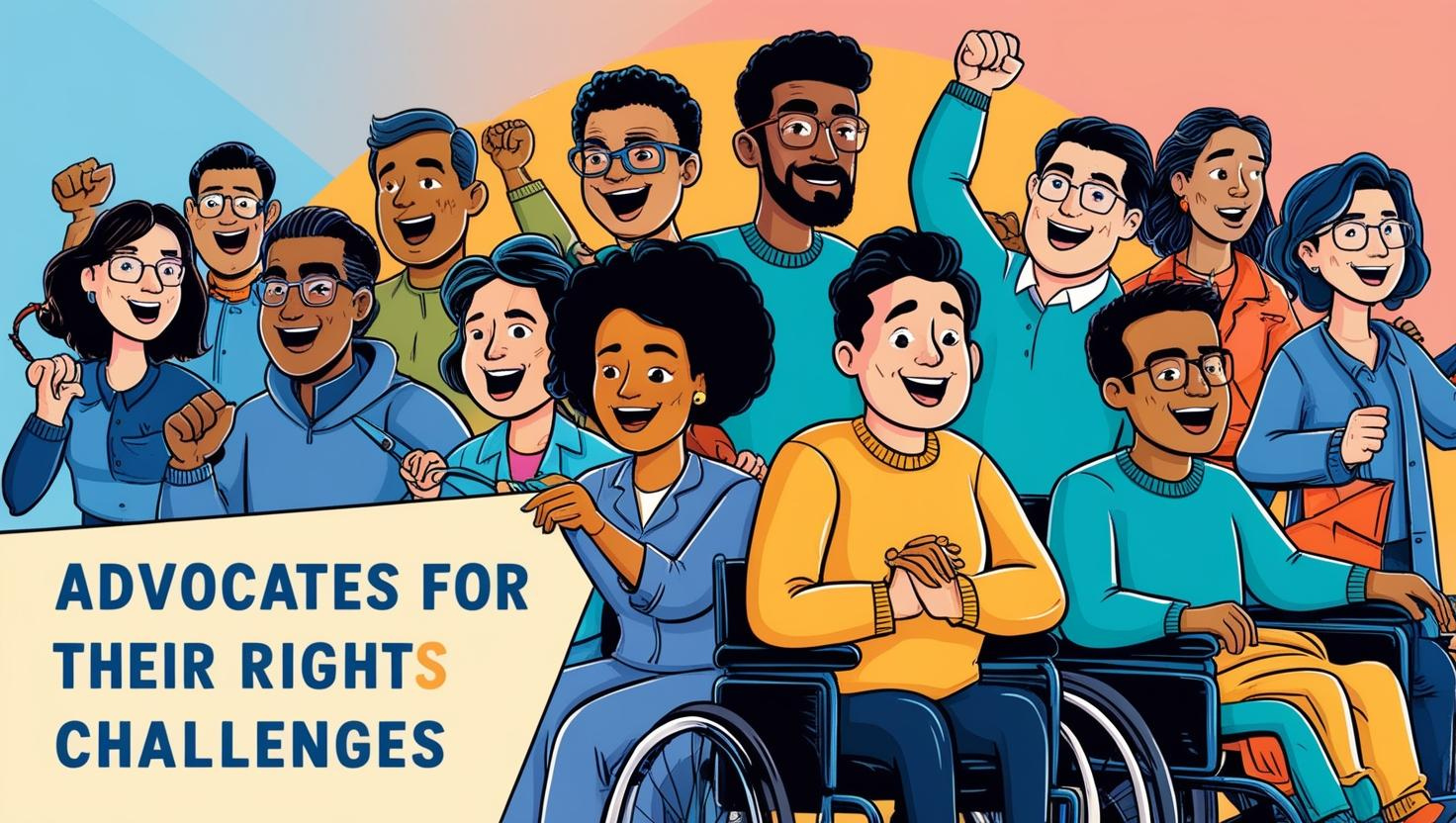
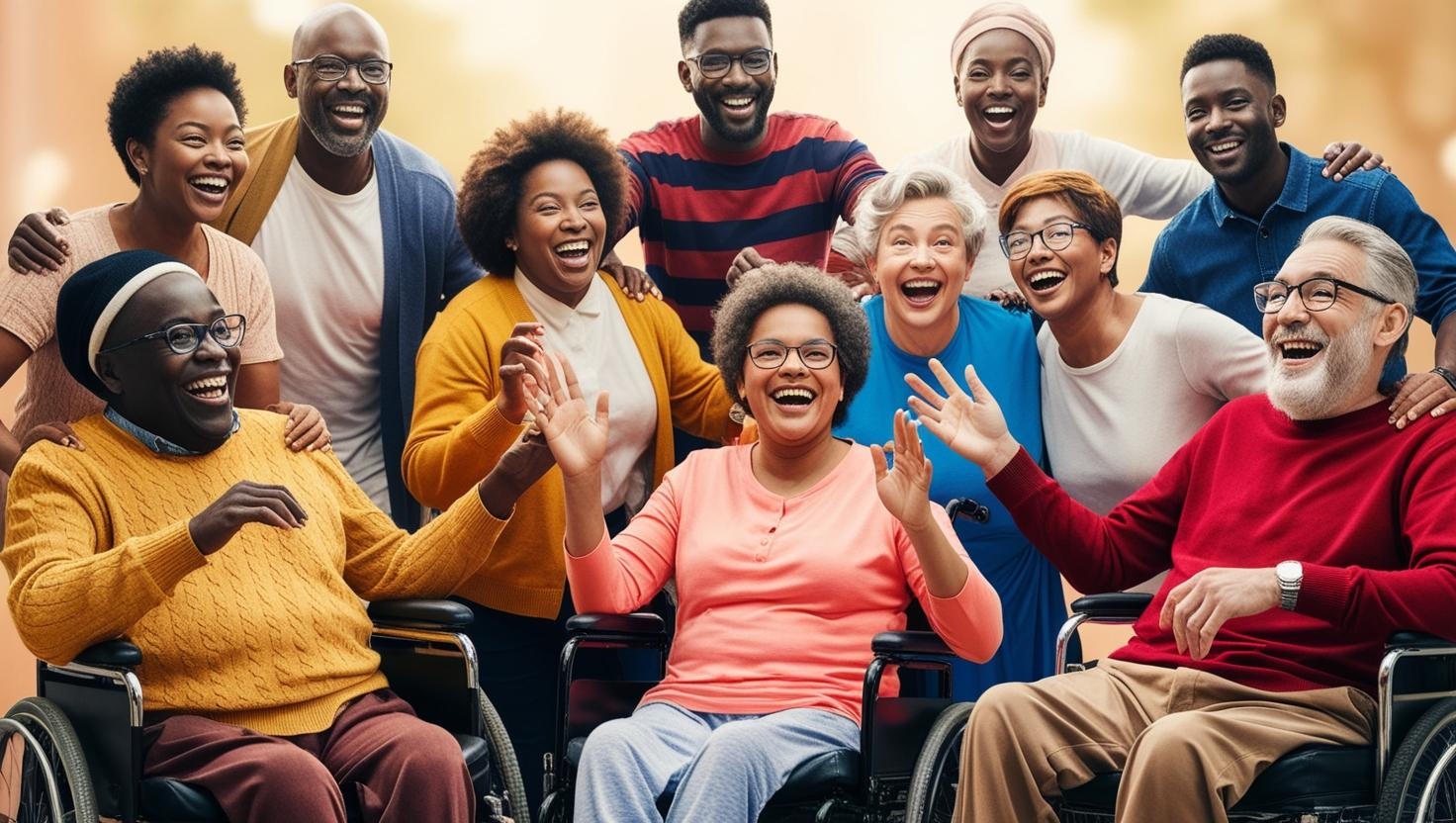
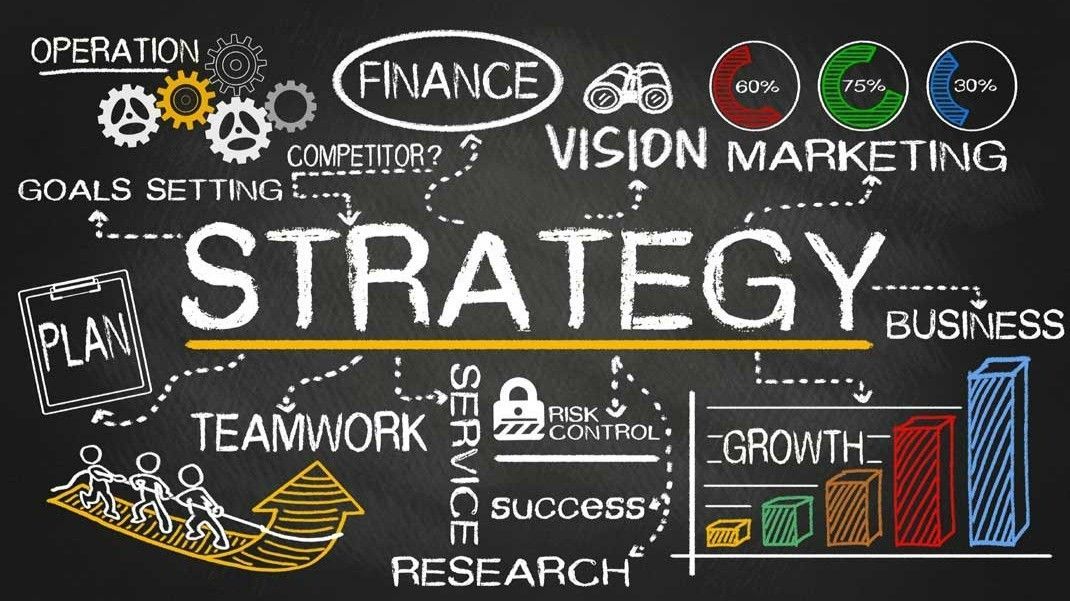
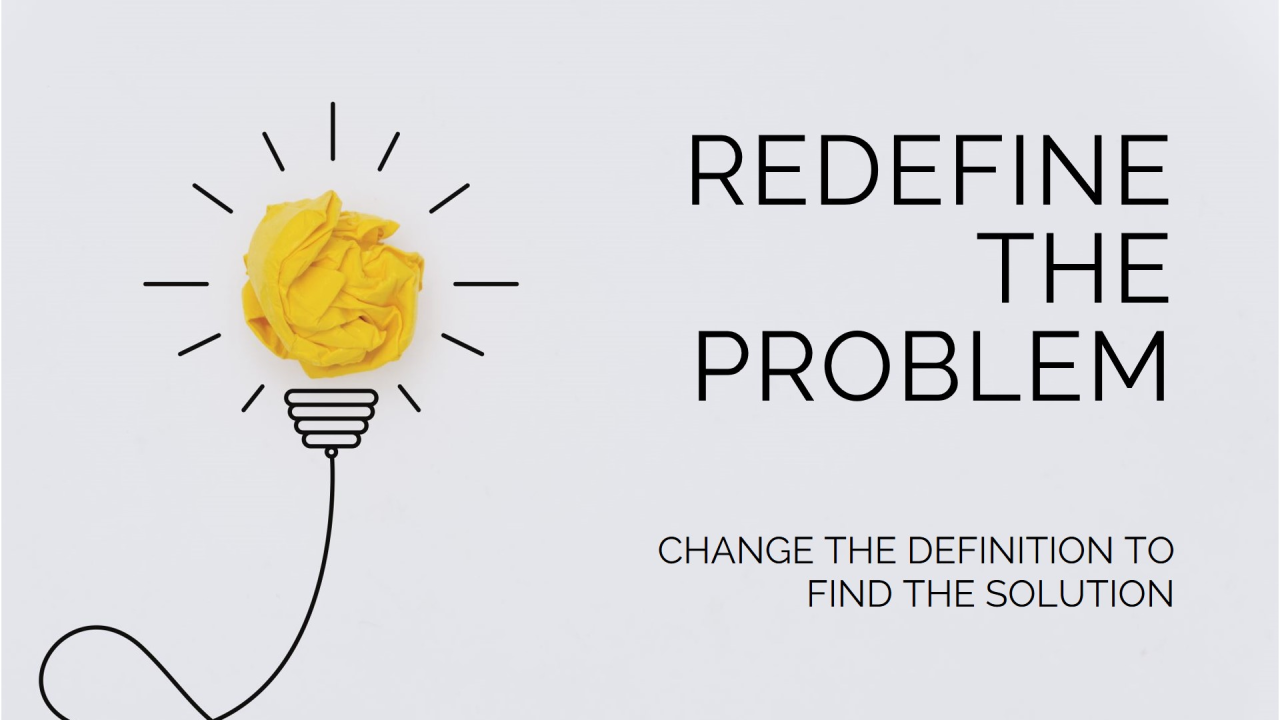

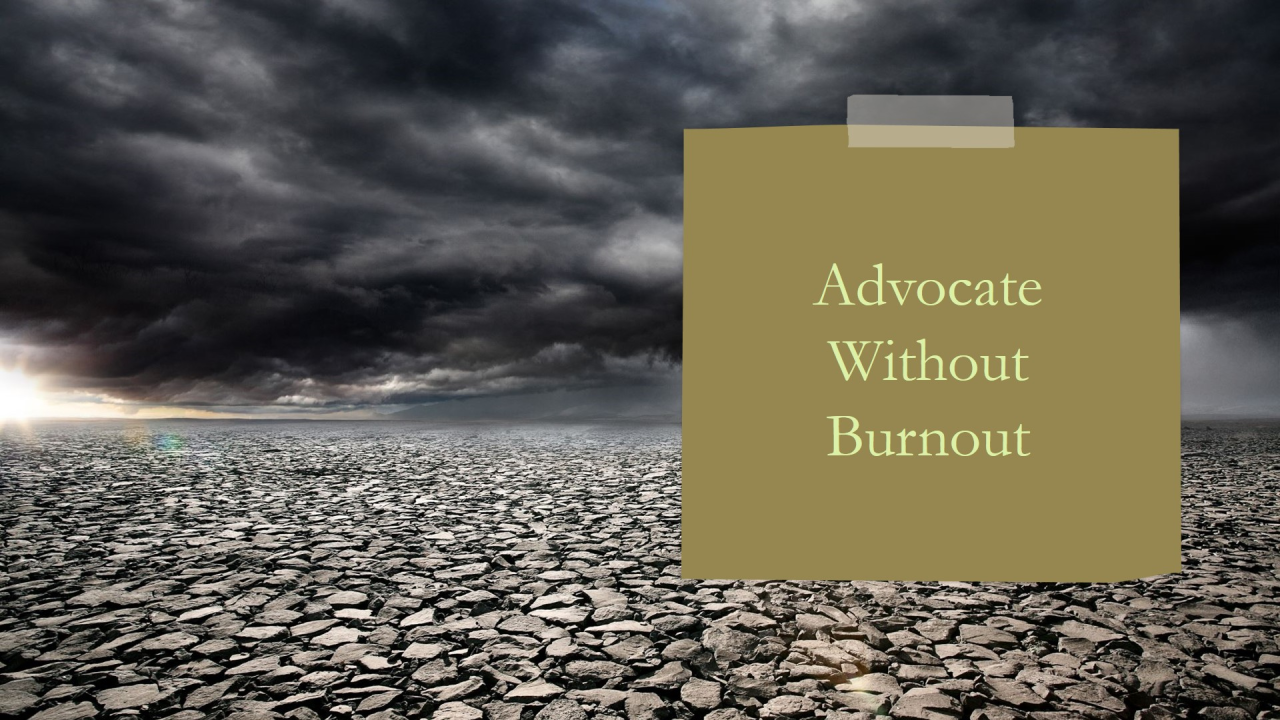
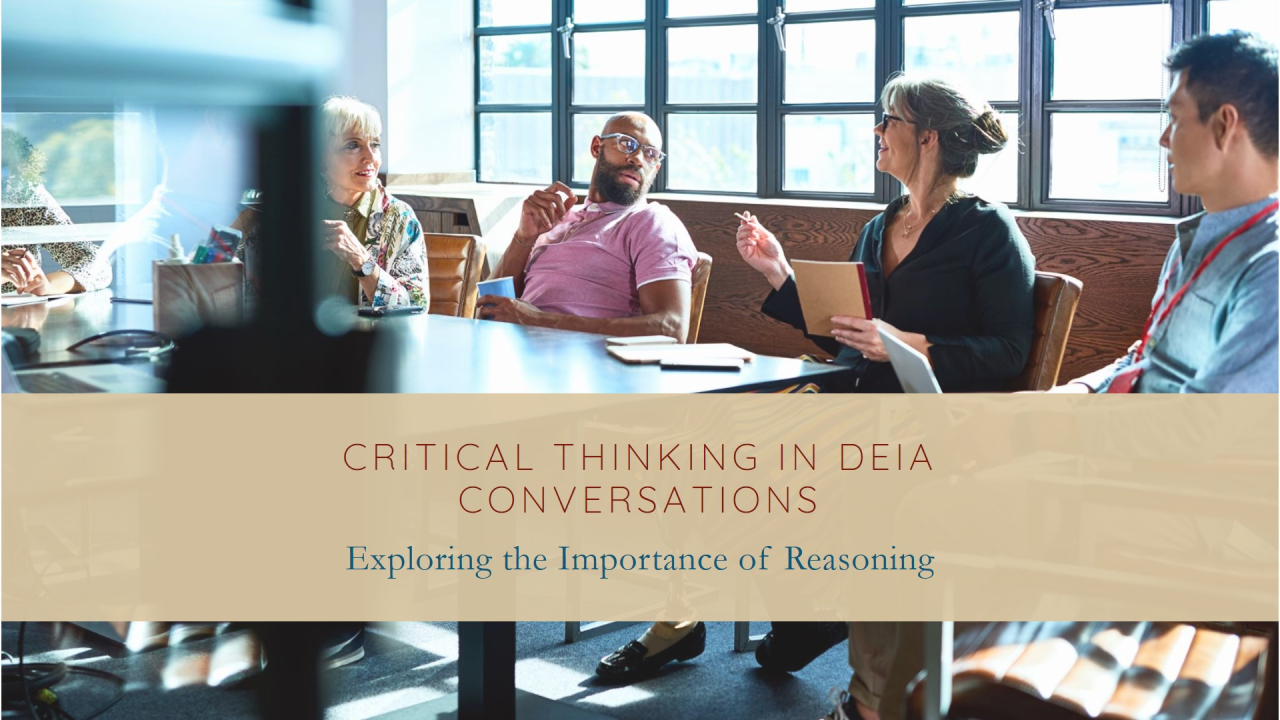
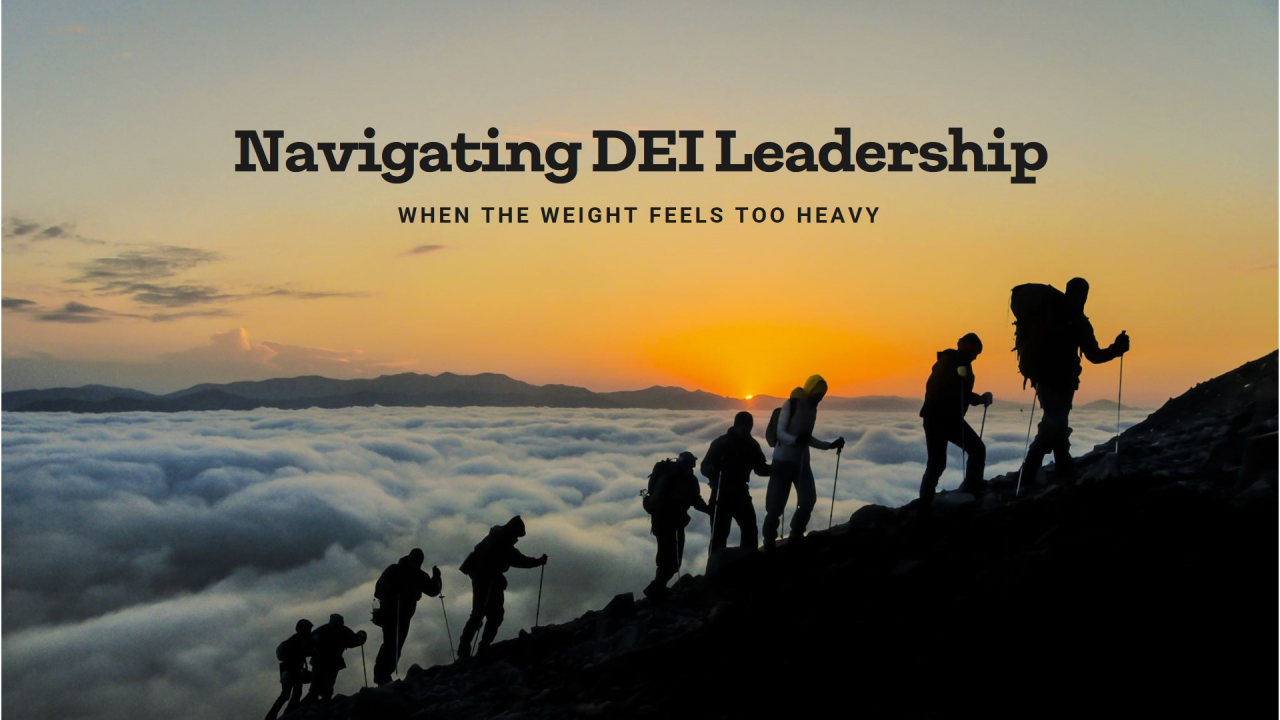
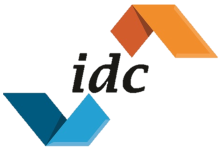
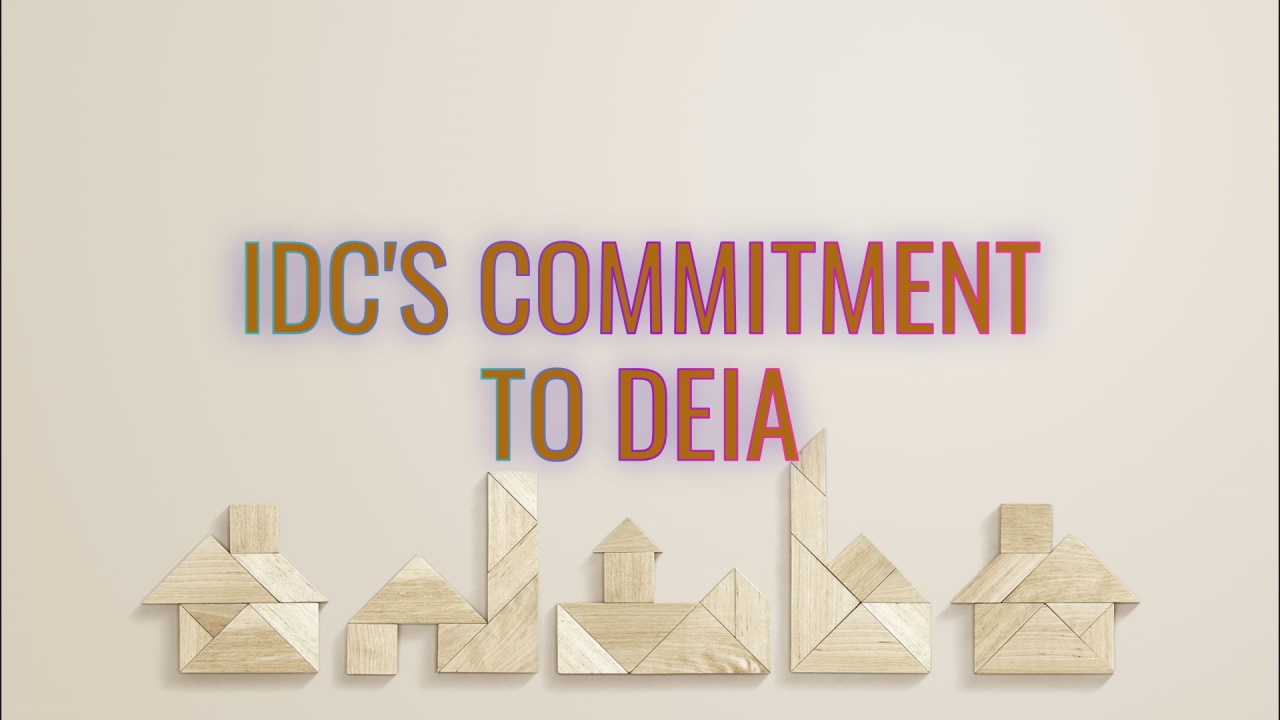
Share On: